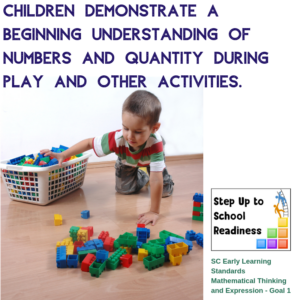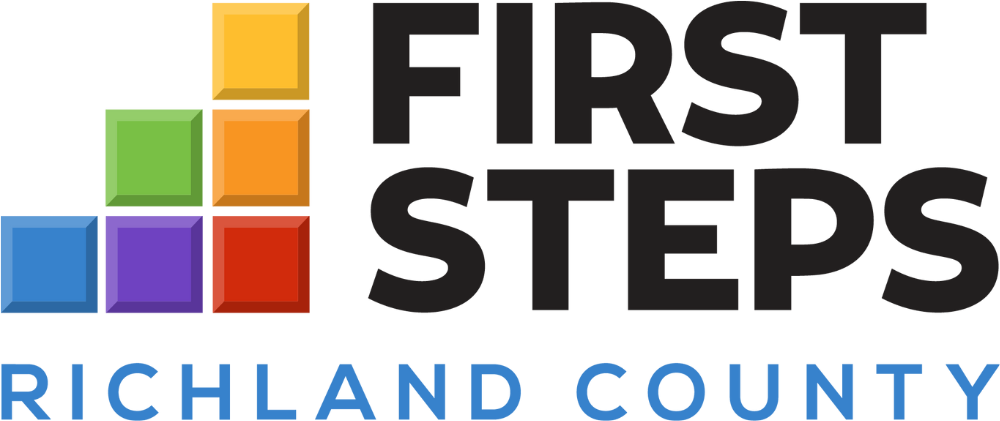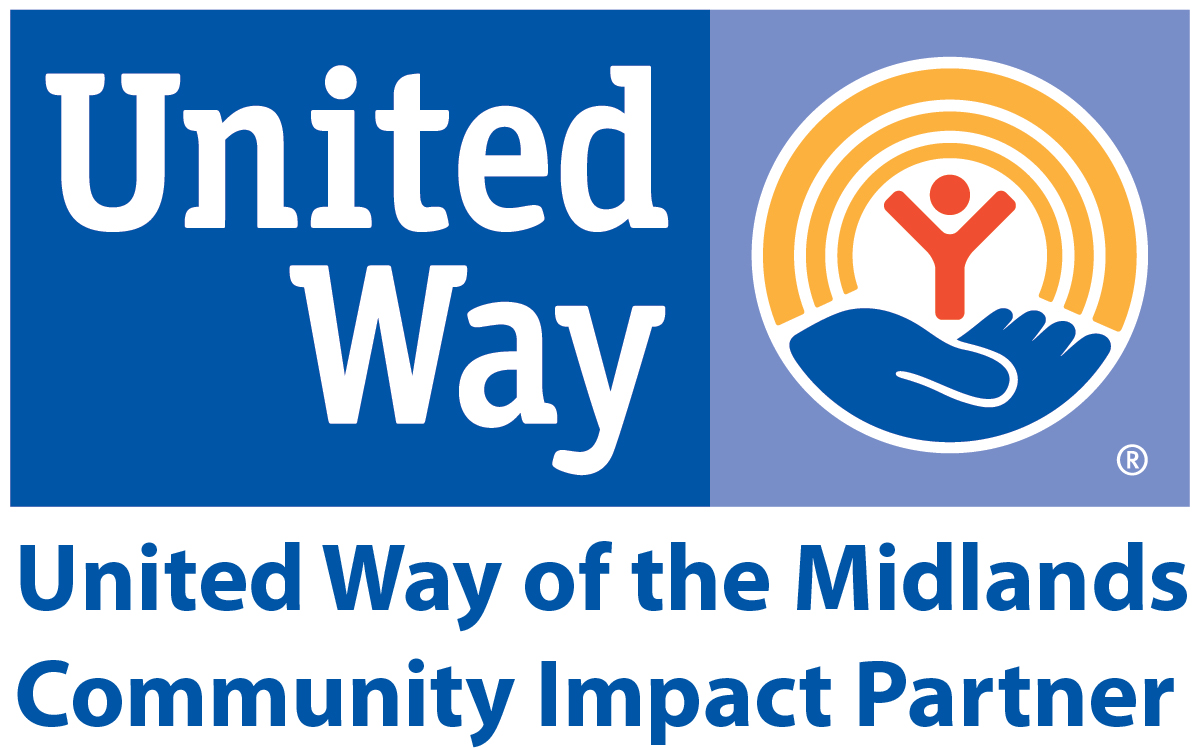
DOMAIN: Mathematical Thinking and Expression
SUBDOMAIN: Foundations for Number Sense
DEVELOPMENTAL INDICATORS
Infants (Birth to 12 months):
- Indicate they want “more” with signs, sounds, or looks.
- Show interest (look at or reach for) in obvious differences in quantity (look at a tower with 7 blocks longer than a tower with 3 blocks, reach for a basket with three balls rather than a basket with one ball).
Younger Toddlers (8 to 21 months):
- Explore quantity (for example, filling and dumping containers).
- Use words or actions that show understanding of the concepts of “more,” “less,” and “all” (ask for more food, stop asking for more blocks when told they have “all” of the blocks).
- Recognize when presented with two obviously unequal sets of objects that one set has more or less than the other (Can point to which set of crayons has more).
Older Toddlers (18 to 36 months)
- Use words of actions that show understanding of the concepts of “more,” “all,” and/or “none” (ask for more food, stop asking for more blocks when told they have “all” of the blocks, become upset when told there is no more Play-Doh®.
- Recognize when presented with two obviously unequal sets of objects that one set has more than the other and/or that one set has less than the other. (Can point to which set of crayons has more or less depending on what is asked).
- Attempt to chant or recite numbers, but not necessarily in the correct order (for example, counting objects on a page during a read aloud).
- Place items in one-to-one correspondence during play and daily routines (one spoon at each plate; one doll in each toy car).
- Make a small group (1-3) with the same number of items (take 3 balls from a basket after the teacher shows the group that she has 3 balls and asks each person to take the same number of balls).
Younger Preschoolers (36 to 48 months)
- Visually compare two groups of objects that are obviously equal or unequal in quantity and communicate that they are the same or different, and, if appropriate, which one has more and/or which one has less (If child is offered two plates of crackers, can select the preferred amount and can explain that he wanted more or less).
- Rote count to 10 with increasing accuracy.
- Count up to 5 objects arranged in a line using one-to-one correspondence with increasing accuracy and answer the question, “How many are there?”
- Recognize numerals up to 5 during play and daily activities
- Match numerals 1-5 to sets of objects, with guidance and support.
- Write numerals of number-like forms up to 5 during play and daily activities.
Older Preschoolers (48 to 60+ months)
- Compare the amount of items in small sets of objects (up to 5 objects) by matching or counting and use language such as “more than” and “less than” to describe the sets of objects.
- Show an understanding of magnitude by recognizing larger sets when compared to smaller sets and describe how they are different.
- Rote count to 20 with increasing accuracy.
- Count up to 10 objects in a variety of ways (for example, left to right, right to left, in stacks, etc.).
- Count up to 10 objects arranged in a line using one-to-one correspondence with increasing accuracy, and answer the question “How many are there?”
- Recognize numerals up to 10 and attempt to write them or number-like forms during play and daily activities.
- Match numerals 1-10 to sets of objects, with guidance and support.
- Recognize that objects can be counted as part of different groups (forks can be counted alone, or as part of a set of utensils).
- Given a number 0-5, count out that many objects.
- State the number of objects in a small collection (1-5) without counting (when a friend holds up two fingers, look at her hand and say, “Two fingers” without counting).
- Tell what number comes next or what number came before another number when counting 1-5.
- Show understanding of first, next, and last during play and daily activities (answer questions about who is first and last to slide down the slide; say, “The engine is first, and the caboose is last” when making a train).
Click here for more on Step Up to School Readiness and the SC Early Learning Standards.

